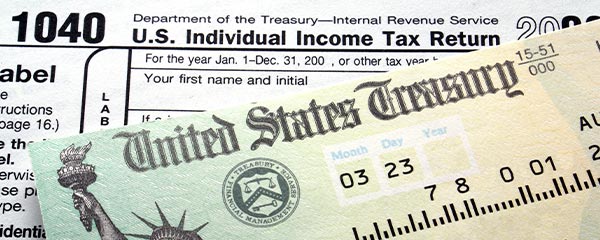Story Highlights
- Average positive rating across 25 industries is 36%, near 34% record low
- Positive rating of grocery industry tumbles 14 points
- No business sectors show significant positive increases since 2021
WASHINGTON, D.C. -- Americans' average positive rating of 25 U.S. business and industry sectors that drive the nation's economy has fallen to its lowest point since the Great Recession. The latest average positive reading of 36% marks a nine-percentage-point decline since 2020, including a three-point dip during the past year. These declines coincide with Americans' lower confidence in the nation's institutions and its economy amid struggles brought on by high inflation.
Each year since 2001, Gallup has asked Americans to rate 24 or 25 different business sectors and industries on a five-point scale ranging from "very positive" to "very negative." The current 36% reading, from Gallup's Aug. 1-23 Work and Education poll, represents the average of the "very" and "somewhat" positive ratings across all sectors. While the 34% rating in 2008 was the record low, the 49% record high was in 2017.
Overall Rankings Fairly Steady
The restaurant (60%) and farming/agriculture (57%) industries are the only sectors with majority-level positive ratings this year. On the other end of the spectrum, three entities have majority-level negative ratings: the oil/gas (62%) and pharmaceutical (58%) industries and the federal government (58%).
Ratings of three industries dropped significantly this year. The grocery industry is down 14 points to 40% positive, real estate is down nine points to 34%, and advertising/public relations is down eight points to 26%, a record low for that industry.
The more negative ratings of the grocery and real estate industries likely reflect sharply rising prices of food and housing, making both less affordable for people. Rising gas prices are also likely behind the poor ratings of the oil and gas industry, which are now the worst since 2012, although much of the decline in ratings of oil and gas occurred last year, when gas prices began a rapid ascent.
While not seeing significant change in the past year, several other business sectors are at their record lows, if only by one or two percentage points -- the computer, movie, pharmaceutical and publishing industries.
Farming and agriculture has been a top-ranked sector since 2016, and the restaurant industry has been at or near the top of the list in most years since 2001. The computer industry, which was historically the most-positively rated sector, has fallen in recent years. Similarly, the grocery industry has historically been among the top-rated industries but has fallen in esteem this year, much as it did in 2008.
Meanwhile, the federal government has been the lowest-rated industry every year since 2014, and, at 25% this year, it essentially ties with the oil and gas industry (22%) for the lowest spot. Before 2014, the oil and gas industry was often rated the worst. Its rating, while currently low, is above the 15% record-low readings in 2006 and 2008, when gas prices were also high.
Republicans' Average Rating Flat, Democrats' Down
While last year's overall decline in positivity toward business sectors was driven largely by worsened ratings among Republicans and Republican-leaning independents, this year's is owed to Democrats and Democratic-leaning independents. Democrats' latest average rating of 39% is down seven points since last year. While a significant decrease, it is above Democrats' record-low 33% recorded in 2008.
Republicans' decreased positive industry ratings last year appeared to be linked to their party's loss of control of the White House and was steeper than any past drop. The current 31% average rating among Republicans is essentially unchanged from last year and is the lowest for that party by one point.
The largest partisan gaps in positive ratings are for industries that Democrats rate better than Republicans. These include the federal government (31 points), the movie industry (24 points), the education and publishing industries (19 points each), and the television and radio industry (18 points).
Bottom Line
Consumers' pessimism about U.S. industry sectors has been building over the past few years after their average positive rating of the leading U.S. business sectors peaked at 49% in 2017. Since then, the computer and internet industries have seen the biggest declines, with much of that occurring before the pandemic. The grocery, real estate, automobile, education, and oil and gas industries have also fallen sharply -- mostly since the emergence of the pandemic.
Of these, the grocery, real estate and advertising industries took the biggest hits in the past year, likely reflecting the public's dour mood over inflation. Last year's decline was owed in large part to Republicans. But with Republicans' average industry rating already at a record low, Democrats had more room to fall this year, and did.
To stay up to date with the latest Gallup News insights and updates, follow us on Twitter.
Learn more about how the Gallup Poll Social Series works.





